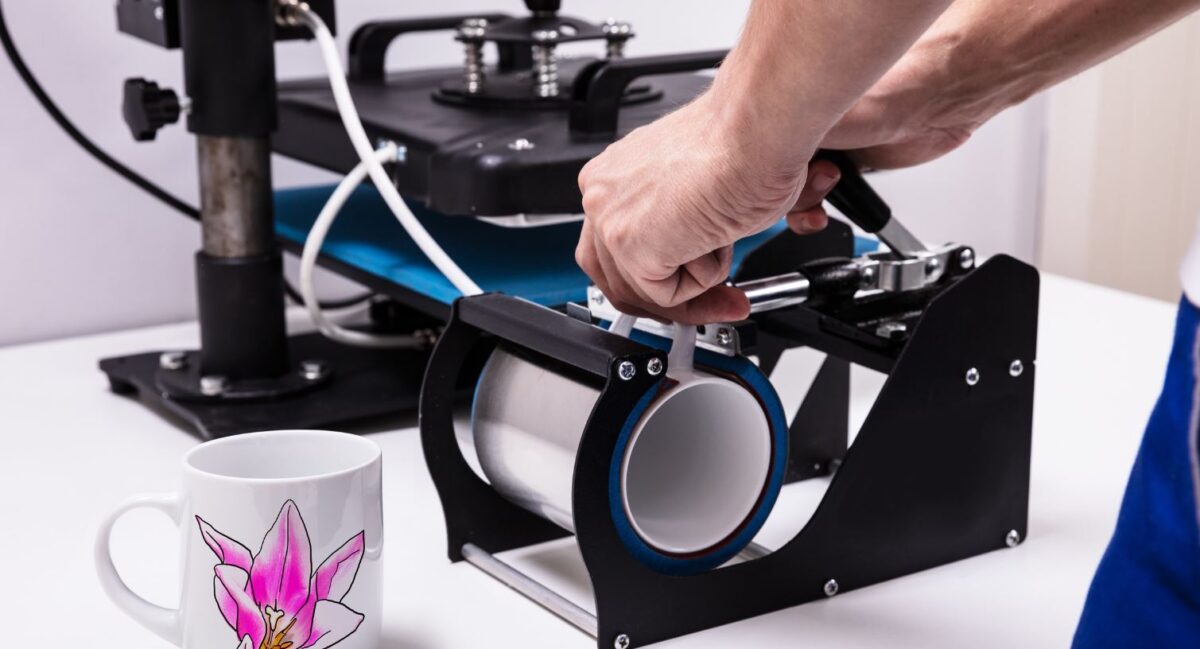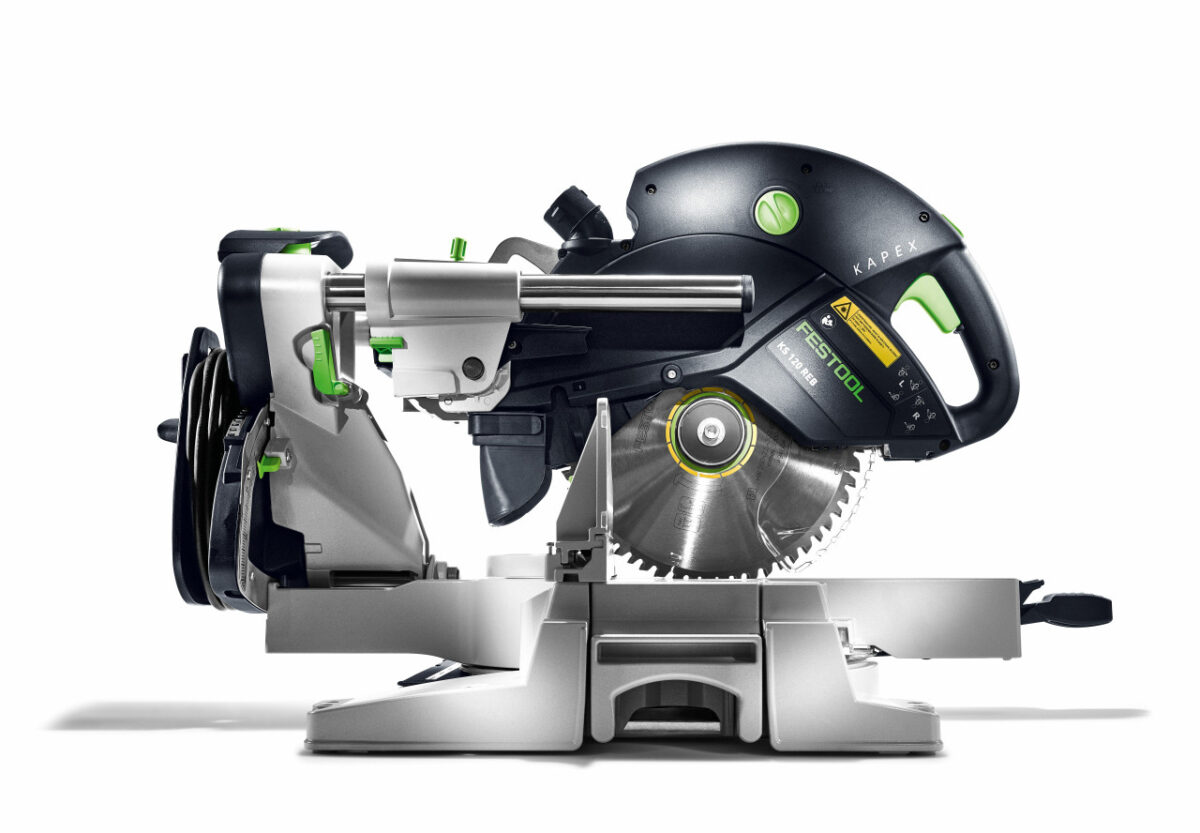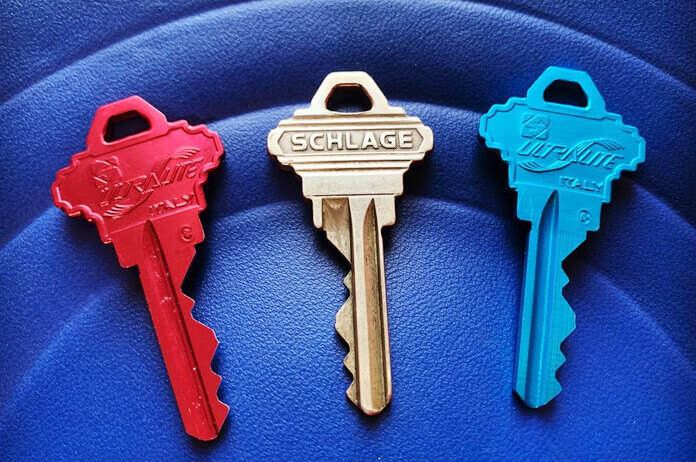8 Tips for Choosing the Right 2U OEM Server for Every Budget

With so many options on the market, choosing the right 2U host for your needs can feel overwhelming. You may find yourself wondering: Which brand is best? How much processing power do I really need? What about storage capacity or memory?
Don’t worry, we’re here to help you sort through all the specs and features to find the perfect server at a price you can afford. Hence, you need to have a clear idea of the type of 2U OEM server that will work best for your unique requirements.
In this blog post, we’ll break down the eight most important factors to consider when shopping for a 2U server, from budget and workload to processor power and cooling.
1. Consider Your Budget and Intended Workload
A server is a major investment, so your budget is understandably the first factor to consider. However, don’t focus solely on price; think about your intended workload as well. Will it be used for basic web serving? Database applications? Video rendering? The tasks it will perform determine the minimum specs needed.
With light loads, you can save by choosing a lower-end model. But heavier workloads may require more processing power and RAM, even if it costs more. Prioritize your workload over getting the absolute lowest price point.
2. Choose the Right Processor for Your Needs
When choosing a processor, consider the workload you will have on your OEM server above all else. The types of applications and tasks you will run help determine the right processor for your needs.
- For basic computing needs like web serving, email, and office productivity, an entry-level Intel Xeon or AMD EPYC processor suffices. These have modest core counts of around 8–16 but cost less.
- If you will work with large databases, perform data analysis, or run virtual machines, aim for a mid-range processor. Look for 16–24 cores and higher clock speeds around 2.5 GHz.
- Demanding workloads like video rendering, 3D modeling, and scientific computing require a high-end processor. Consider Intel Xeon Scalable or AMD EPYC 7002 series CPUs with 24+ cores up to 64 cores for throughput.
- Consider Intel Xeon Scalable processors if you require Intel Virtualization Technology or other platform features.
- For workstations, Intel Xeon W or AMD EPYC processors deliver workstation-class performance on a server.
- Research real-world benchmarks on sites like PassMark with your intended applications to confirm a processor’s suitability.
Consider all these factors to pick the right processor that meets your performance needs within your budget now and has room to grow. Avoid bottlenecks down the road.
3. Select Optimal RAM and Consider Future Upgradability
RAM amount and type also depend on your workload. Aim for at least 32GB for virtualization and databases and 64GB for graphics and engineering work. For maximum flexibility, choose a server design that allows for upgrading RAM later on.
Error Correcting Code (ECC) RAM helps prevent data corruption, so look for it if uptime is critical. As for type, DDR4 is standard now, but make sure your motherboard supports future DDR5 when it emerges.
Higher RAM speeds like 3200 MHz or 4000 MHz can boost performance too, but check if your apps really require it first.
4. Choose the Right Storage Configuration
Storage is another area where flexibility serves you well. SSD boot drives ensure fast boot and application loading, while HDDs provide bulk storage at a lower cost per gigabyte.
- Look for 2U servers with ample drive bays so you aren’t limited on expansion later. Hot-swap bays let you remove or add drives without powering down.
- For performance, look at NVMe/SAS/SATA interface types and consider RAID card options like RAID 10 if uptime is mission-critical.
Backplane vs. non-backplane designs also impact future upgradability. Consider if you need integrated vs. external storage too. The right balance of SSD + HDD meets most needs.
5. Consider Integrated I/O and Expansion Options
Your 2U server’s I/O and expansion capabilities ensure flexibility now and later. Look for ample PCIe slots that support varying form factors, from low-profile to full-length. This allows adding dedicated network interface cards, RAID cards, GPUs and other peripherals as needed.
Front-access USB ports let you plug devices in without opening the case. Dual Gigabit or better Ethernet ports provide redundancy and bandwidth. Check the integrated video options too if you need local console access without buying a separate video card. Overall, more expansion room avoids future bottlenecks.
6. Prioritize Cooling and Noise Levels
Adequate cooling prevents overheating, which degrades performance and lifespan. Pay attention to fan specs and placement, heatsink designs and airflow paths. Liquid cooling delivers better heat dissipation than air but is louder; consider if noise is a factor near your work area.
Noise levels under 30 dB are whisper-quiet, while those under 40 dB remain fairly inaudible. Choose a power supply rated higher than your planned maximum usage to allow some headroom for component upgrades.
7. Consider OEM Support and Warranties
Buying from a reputable OEM server gives reassurance if issues arise. Research each company’s support policies—do they provide online resources, forums and knowledge bases? Is phone/email support available within your region?
Check warranty lengths for parts and labor too; three years is typical for enterprise hardware. Advanced replacement lets you use loaner parts while yours are repaired to minimize downtime.
Consider support contracts extending coverage further if uptime is mission-critical. Read reviews of others’ service experiences to gauge response time and issue resolution.
8. Choose a Server Manufacturer With a Strong Track Record
Leading OEMs like Dell, HPE and Lenovo have built their reputations on reliability through decades of refinement.
They use high-quality components and rigorous testing processes, resulting in robust, stable systems. Less-known brands may offer lower prices but lack the same engineering expertise, so you risk uptime issues down the line.
Research third-party reliability data sources to compare failure and return rates between manufacturers. Also, look at expansion capabilities from the same OEM server to leverage existing investment if you expand infrastructure later. Standardization streamlines management and support.
Final Words
With these factors in mind, you should now have a good idea of the type of 2U server that will align perfectly with your unique workload and budget requirements. Don’t forget to consider future needs as well as current ones. By choosing components, expansion capabilities and an OEM with a reputation for quality and support, you can feel confident that your new 2U server will perform reliably for years to come.










